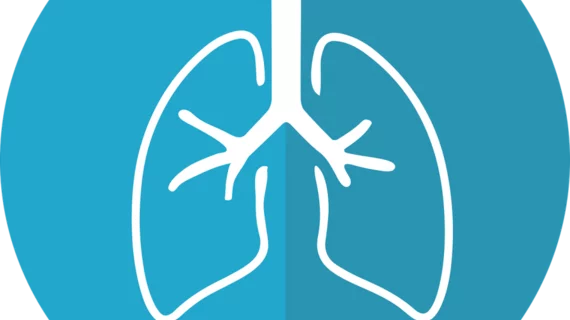CT reveals improved lung function following weight-loss surgery
In obese patients who undergo weight loss surgery, computed tomography can be helpful in measuring breathing improvements.
That’s according to a study published Jan. 28 in Radiology, which analyzed more than 50 consecutive patients who were referred for bariatric surgery. Imaging revealed that surgery, combined with weight loss, reversed some of the strain on the respiratory system thought to be a cause of impaired breathing.
"For the first time, this study has demonstrated changes in the CT morphology of large and small airways that improve when individuals lose weight," lead author Susan J. Copley, MD, said in a statement. "These features correlate with an improvement in patient symptoms."
Obesity can increase a patient’s risk of hypertension, stroke, diabetes and certain cancers. A global public health crisis, obesity is known to increase respiratory work, compromise airway resistance and reduce the strength of throat muscles.
CT imaging offers detailed visualizations of the lungs and airway, but few studies have used it to better understand how excess weight impacts breathing.
Copley first noticed discrepancies between chest CT cans in obese patients during her work as a thoracic radiologist at Hammersmith Hospital in London. She wondered, “...if these differences were due to obesity and whether they were reversible after weight loss,” Copley said in a statement.
Along with her colleagues, she looked for changes in the respiratory systems of 51 obese patients who underwent bariatric surgery after other weight loss approaches did not work.
Computed tomography was used to measure the trachea and assess air trapping—which occurs when excess air lingers in the lungs after exhaling, leading to decreased lung function. This condition is also an indirect sign of small airway lung obstruction, the authors noted.
Comparing images at baseline and six months post-surgery, they determined that the procedure, along with weight loss were associated with structural changes to the lung and trachea. CT also revealed a decrease in air trapping, which is a strong predictor of breathing improvements.
More research will be needed to further cement these findings, but the study hammers home CT’s potential role in examining obese patients.
"CT is a useful morphological marker to demonstrate subtle changes which are not easily assessed by lung function alone," Copley said.

